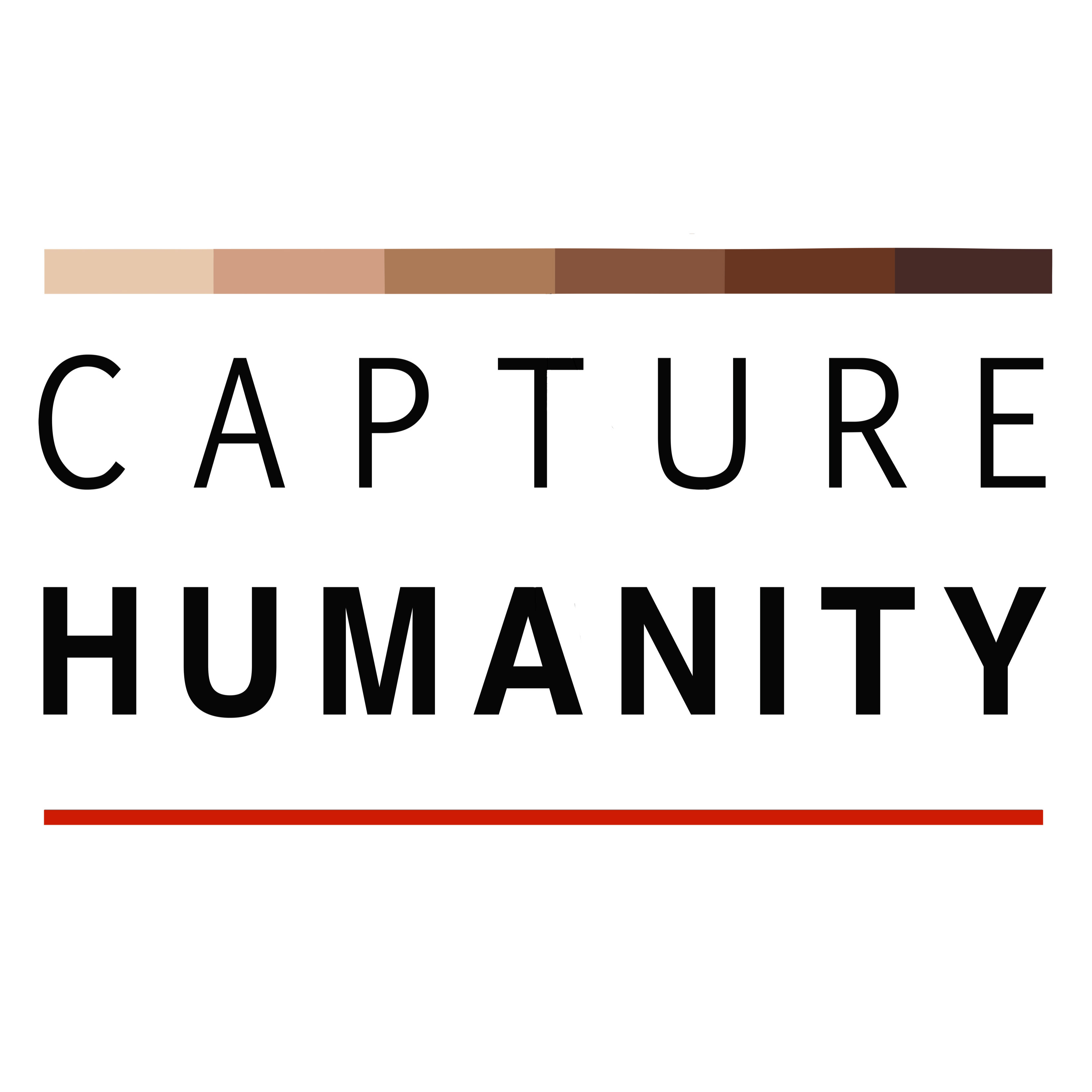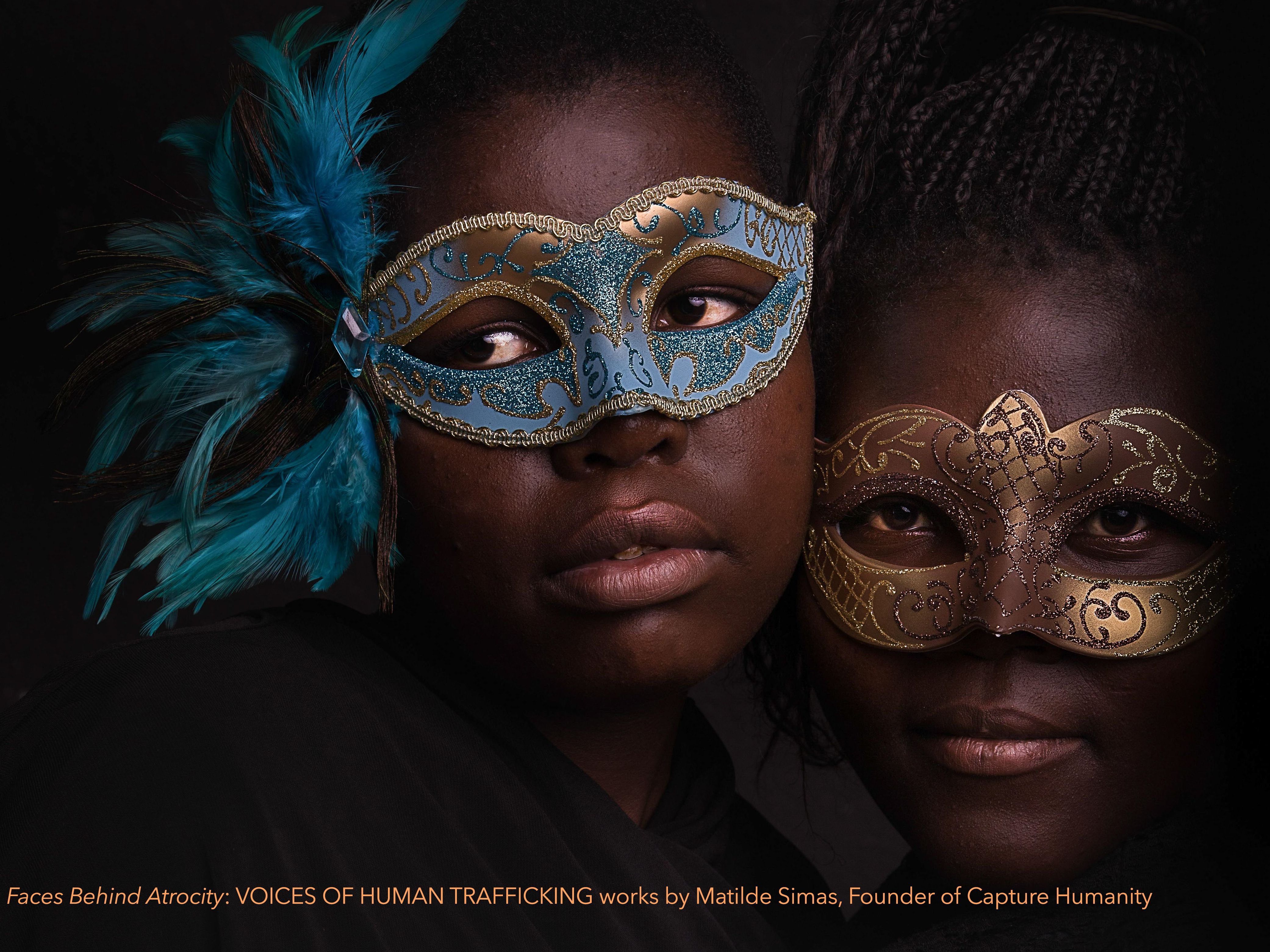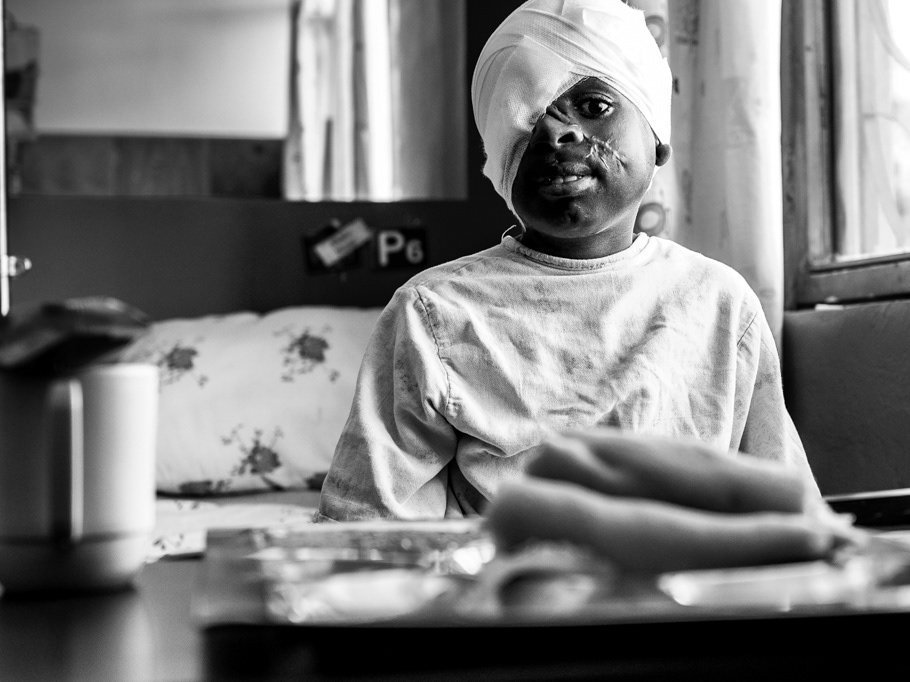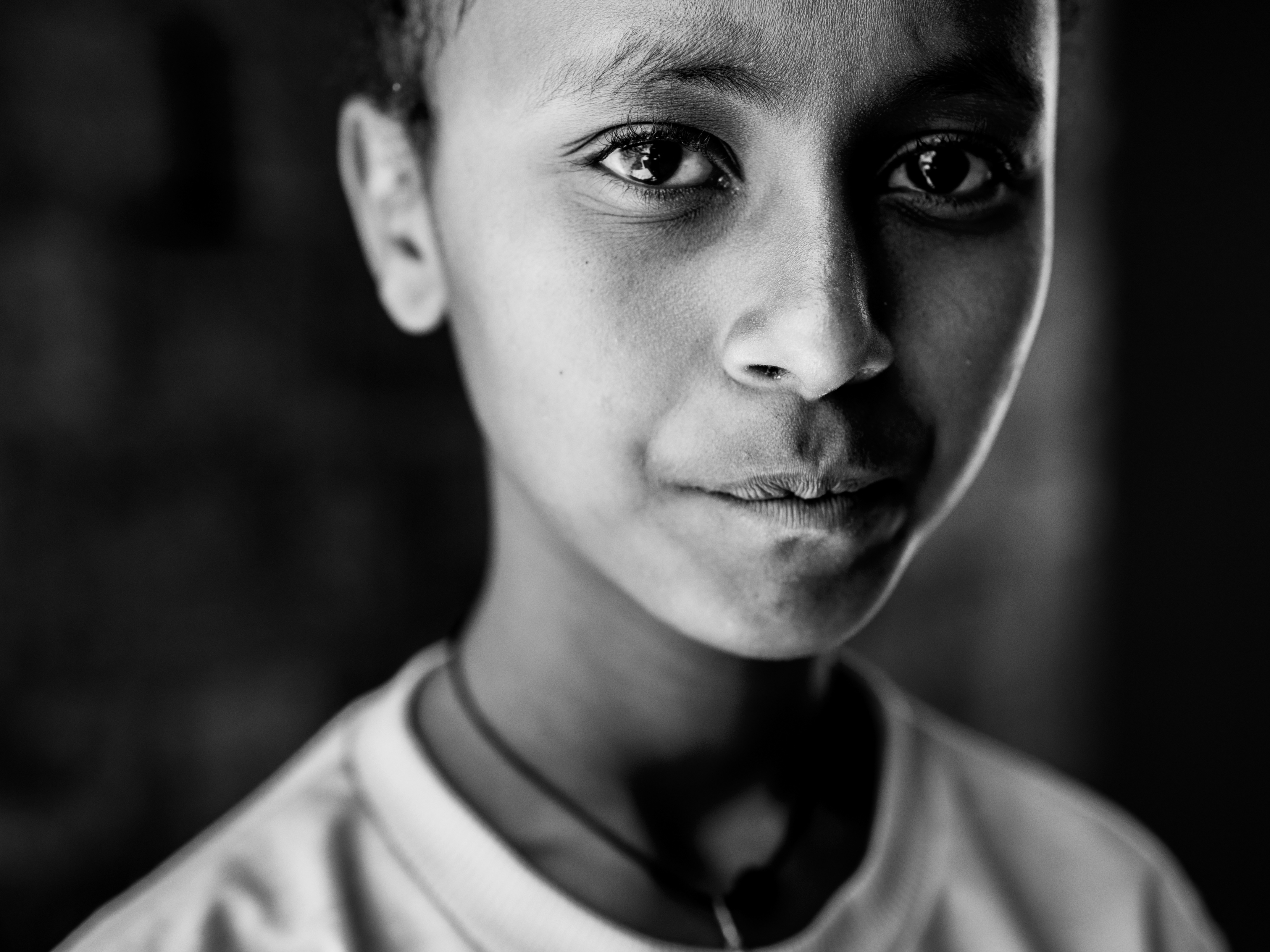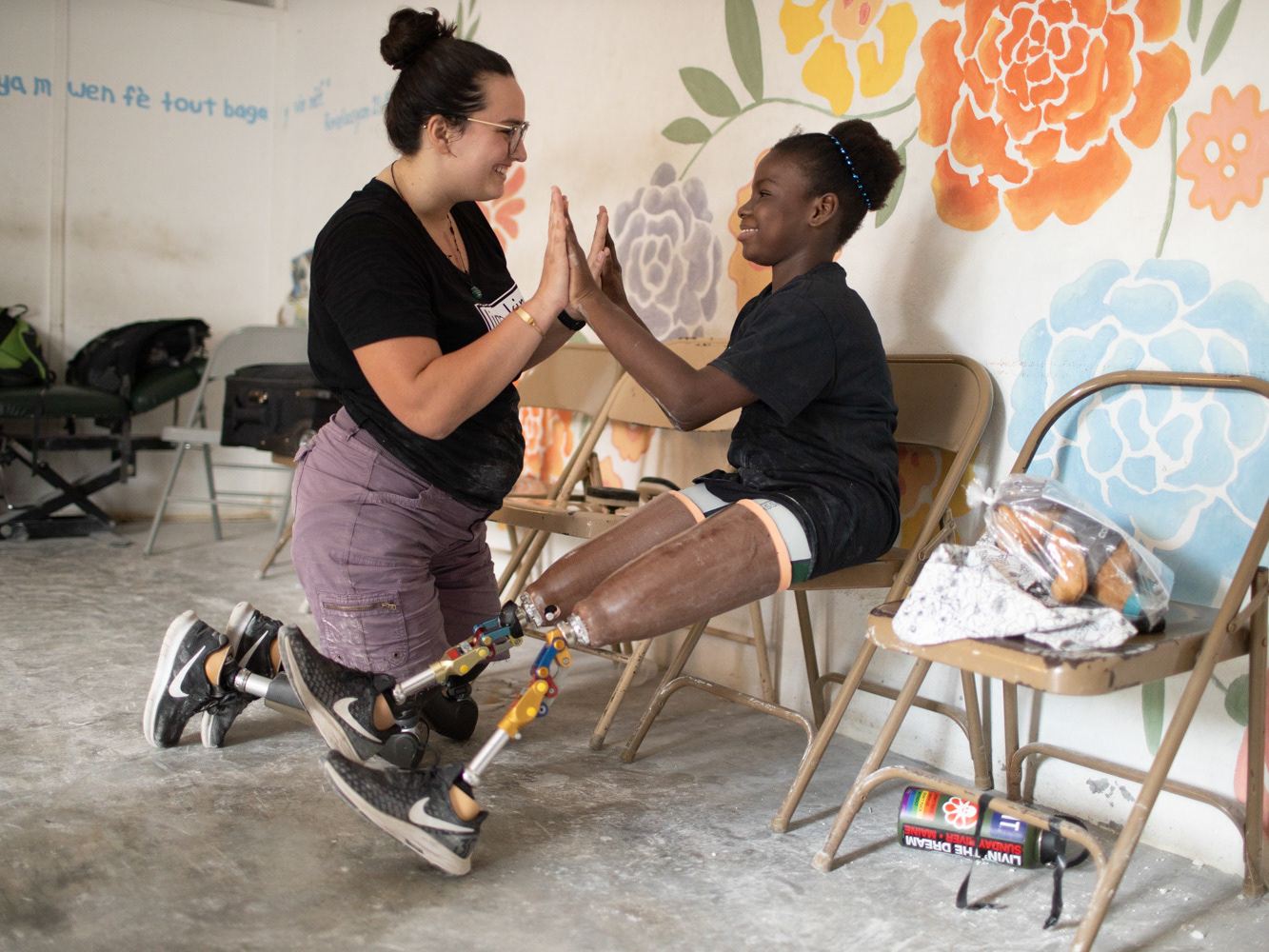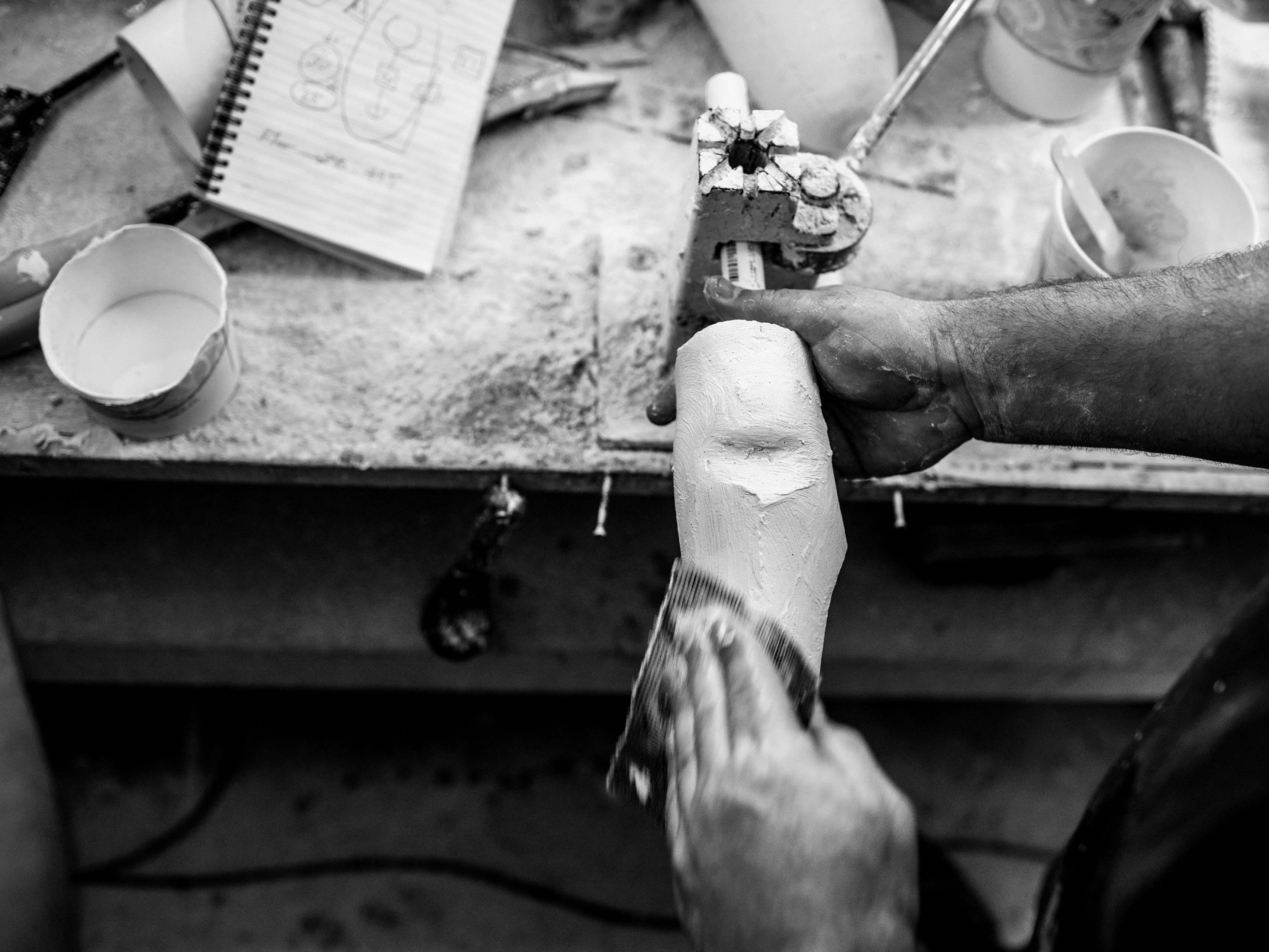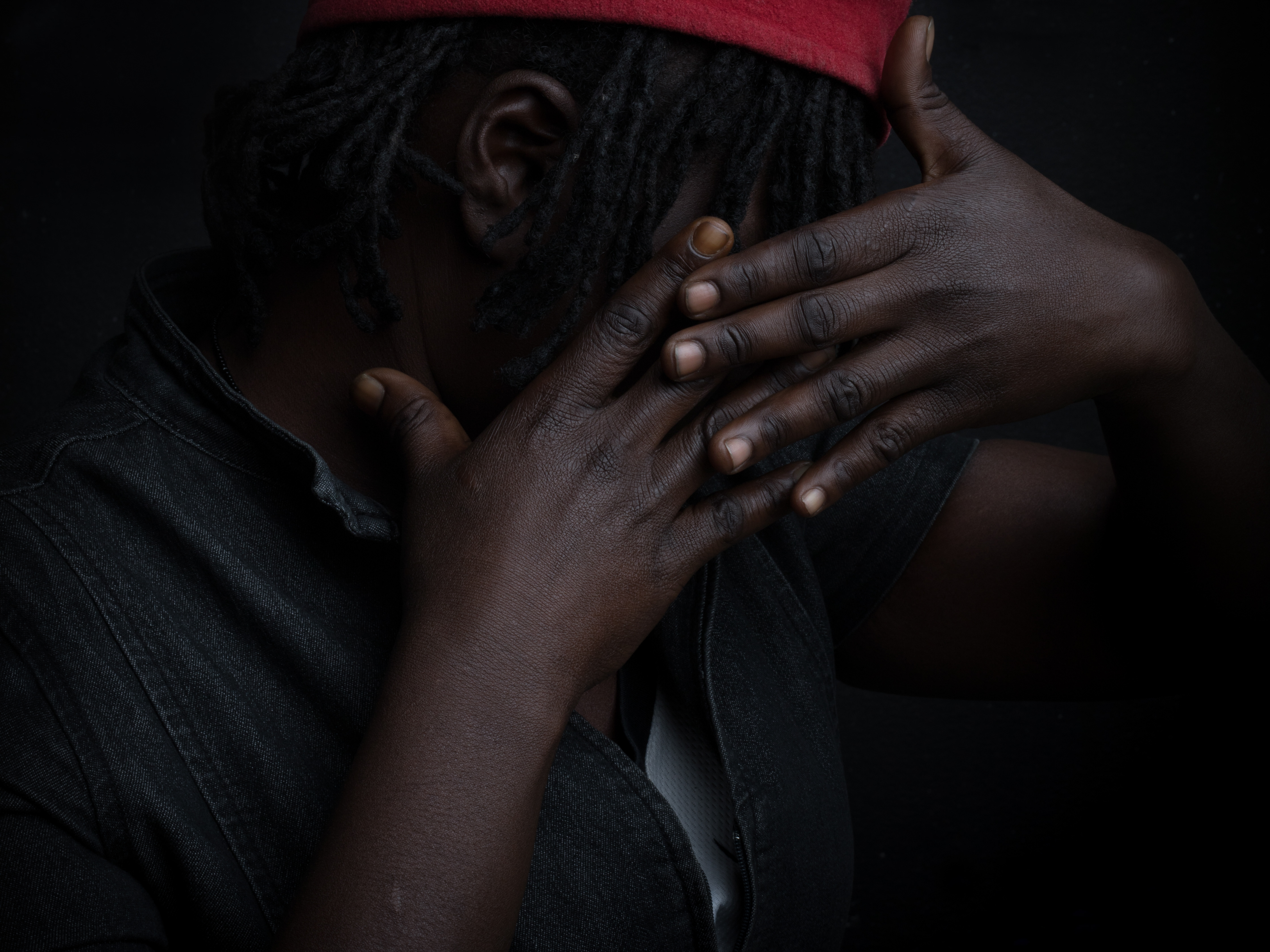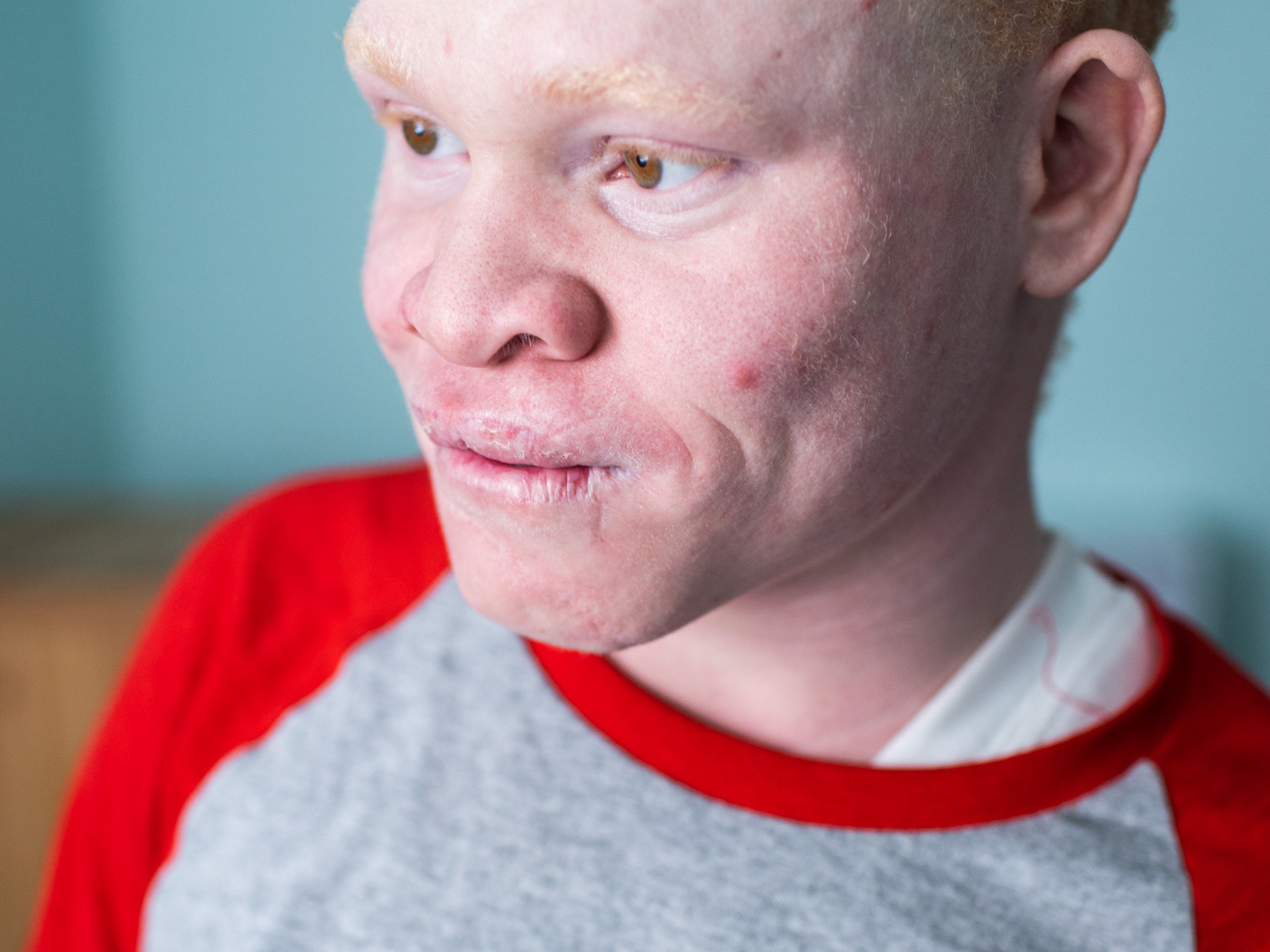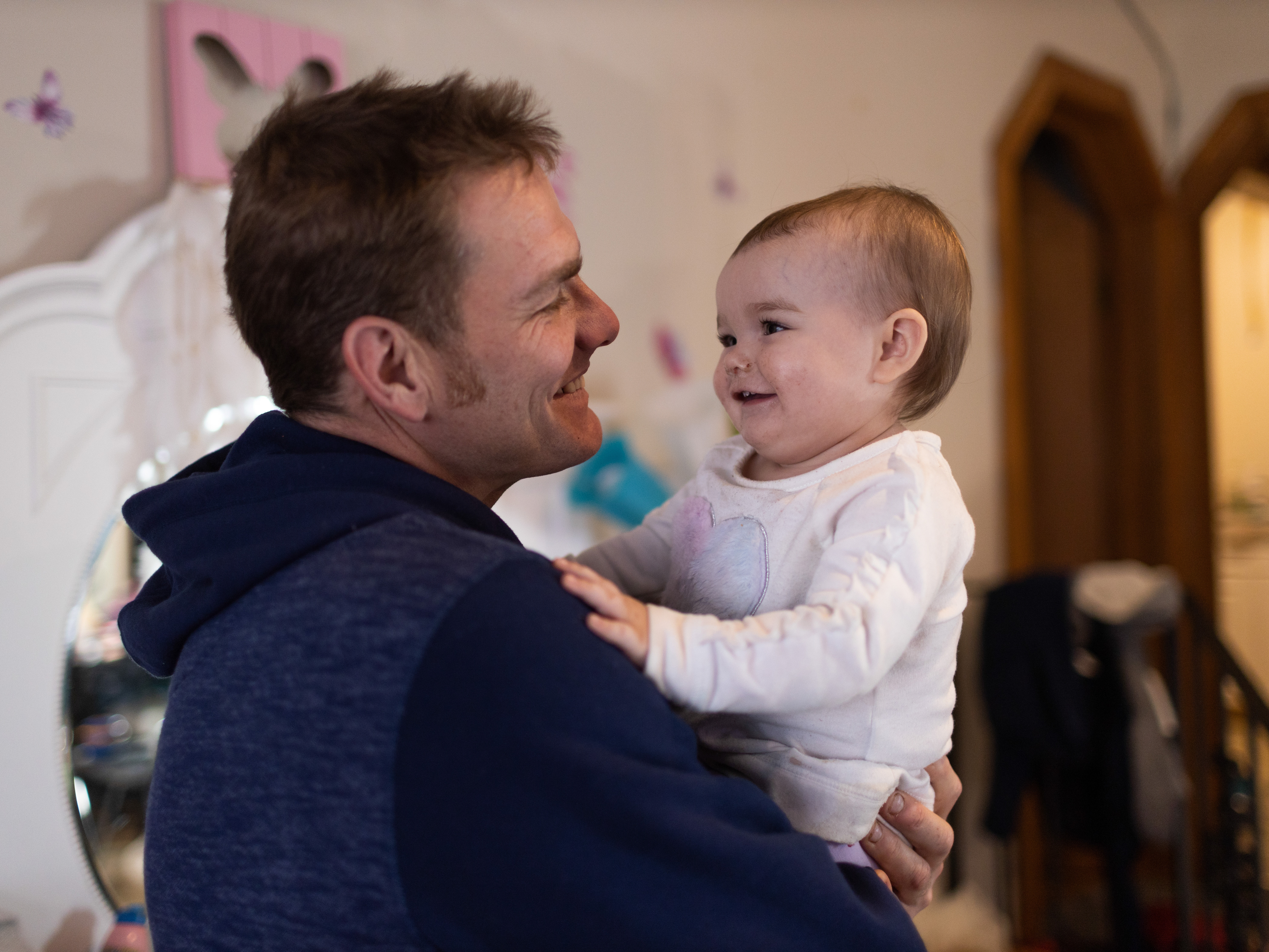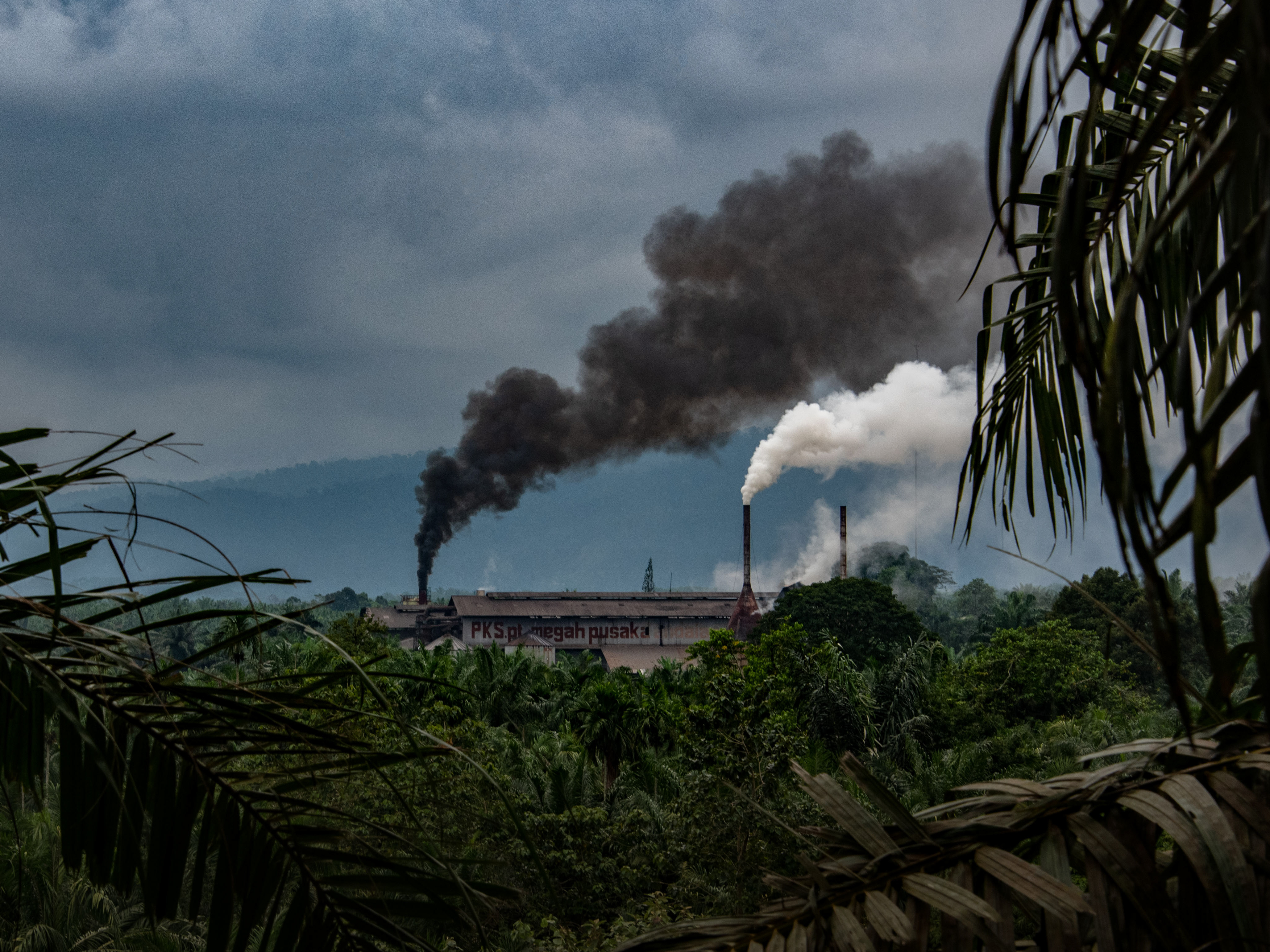Philippines: Girls as a Commodity is a portrait series that goes beyond the surface to explore a deeper vision on survivors of sex trafficking and forced labor in the Philippines. The portraits in the series do not zero in on the face, many don't show the face at all, instead using light, gesture, context and other nuances of expression are used to create an informative portrait. The project aims to amplify the voices of human trafficking survivors on their journey to healing and recovery. In the images you will see daily life of rescued Filipino girls who live in a long-term shelter where they receive psychological care and learn life skills.
The last five years have seen an unimaginable rise in the people trapped in modern slavery throughout the world. In 2016, The International Labor Organization estimated 40 million men, women and children were being forced to work against their will, or were living in a marriage that they had not agreed to. The latest numbers show an increase of at least 10 million more people since the publication of the 2016 report.
In the Philippines, children are sold into domestic servitude and the cybersex trade by human traffickers. These traffickers deceive children into believing that they will have a better life. Many victims come from rural, mountain villages and are intrigued by the promise of a well-paid job. They believed they are leaving their impoverished lives for an opportunity to earn money, but instead, become entangled in a nightmare.
Child domestic workers are expected to do adult work and suffer extreme physical, verbal, and sometimes sexual abuse. They are deprived of opportunities for schooling and self-development. Their vulnerability is consistently exploited, and they have no immediate outside contact or support network. There is a disturbing power dynamic between the child and the employer, who exercises guardianship and stewardship over the child domestic worker.
Cybersex trafficking is the other sinister form of modern-day slavery in the Philippines — the live sexual abuse of children streamed via the internet. Controlled by adults who collect money through online transactions, children are directed in real-time by a predator located anywhere in the world. Unlike in many street-based sex trafficking cases, criminals directing this live abuse are specifically looking for young children. The customers use chat rooms and messaging services to purchase and/or trade child pornography or to make connections with sellers located in a country like the Philippines who can offer a child to view live. Customers wire a secure payment online, anonymously and easily, to the trafficker in the Philippines.
Two of seven girls who were intercepted by the Bureau of Immigration prior to a flight to Saudi Arabia where they would have been forced to work as household service members, wait for psychological intervention at a temporary shelter. Each of the girls was recruited by the Mayon Recruitment Agency and were found to be minors.
Mary-Anne (not her real name), age nine, combs her hair at a long-term living facility run by a local non-governmental organization (NGO) for human trafficking survivors in Manila, Philippines. She was admitted to the facility under protective custody after reporting that she was sexually exploited by her father. Mary-Anne is pursuing the legal case against her father and remains courageous testifying in court hearings. She is currently receiving counseling sessions with a psychologist and attending school. She loves to draw and has a beautiful singing voice.
Three survivors of cybersex trafficking do laundry in a long-term living facility in Manila, Philippines. Here, they receive shelter, psychological services, child welfare case management, education, life skills lessons, legal protections, advocacy support, and group wellness activities such as art, karate, tennis.
Ramey (not her real name) is a victim of child domestic work. Here she is seen washing dishes at a shelter for human trafficking survivors. Ramey was rescued from an abusive situation where she was on call 24 hours a day without a wage. She worked tirelessly, performing domestic chores including washing dishes, cooking, cleaning the house, and looking after young children. In the Philippines alone, there are an estimated one million domestic workers, most of whom are children and some who are as young as 9 years old.
A teen trafficking survivor brushes her teeth under supervision of the long-term living facility's house mother traumatized in Manila, Philippines. Many survivors of human trafficking suffer from post-traumatic stress, depression, and experience thoughts of suicide following their extreme trauma.
Florence reads on her assigned bed at a shelter for human trafficking survivors outside Manila, Philippines. She says reading is therapeutic for her, as it keeps her mind off of things, she wishes she could forget about. Florence is a survivor of cybersex trafficking. After being exploited by a family member at age 10, she says she finally feels safe but still has reoccurring nightmares.
All but a few cybersex trafficking cases involve children being abused by relatives or family friends, and half of the victims are aged 12 or younger, says Voice of the Free representative Roland Pacis. (Manila, September 25, 2019)
A victim of child domestic work takes a moment after talking about her abuse as a domestic worker in Manila, Philippines. Child domestic workers are expected to do adult work and suffer extreme physical, verbal, and sometimes sexual abuse. They are deprived of opportunities for schooling and self-development. Their vulnerability is consistently exploited, and they have no immediate outside contact or support network.
